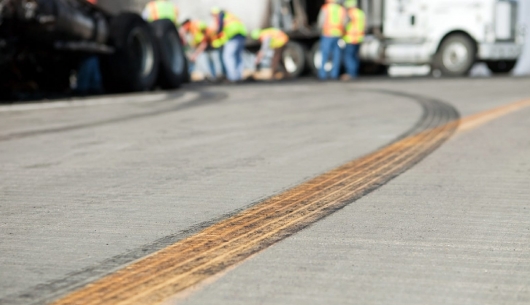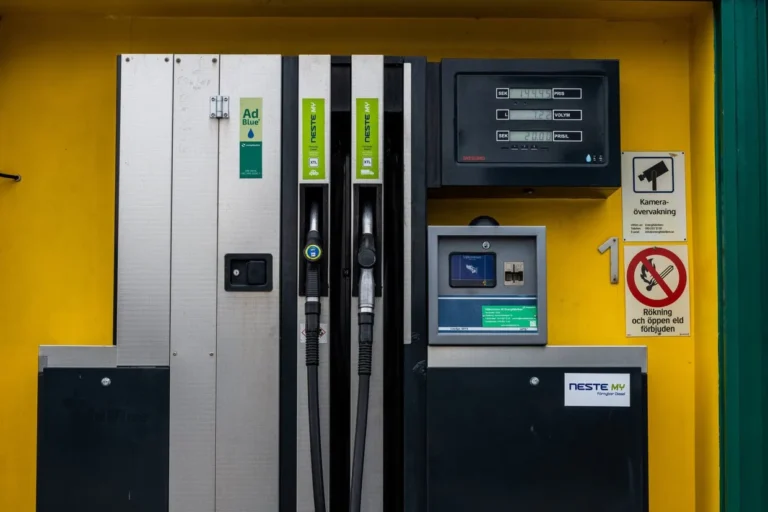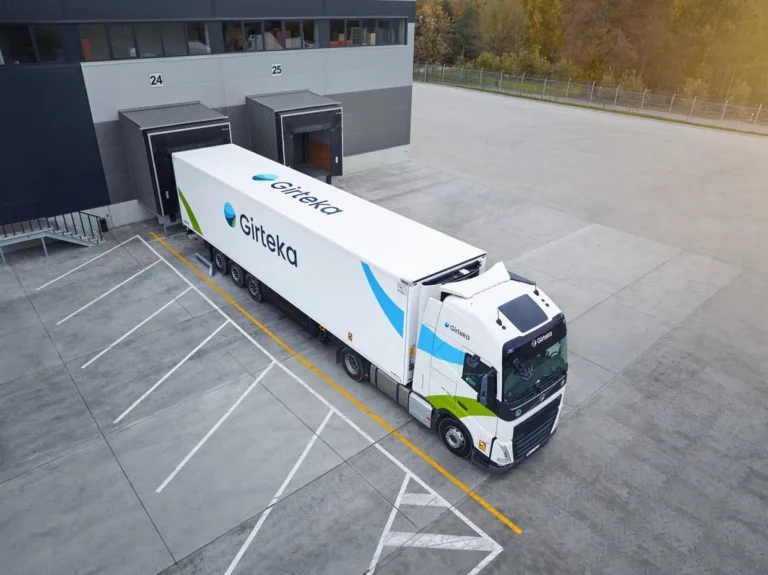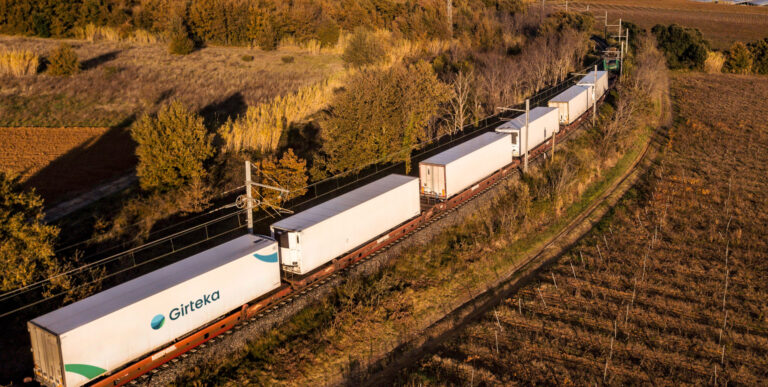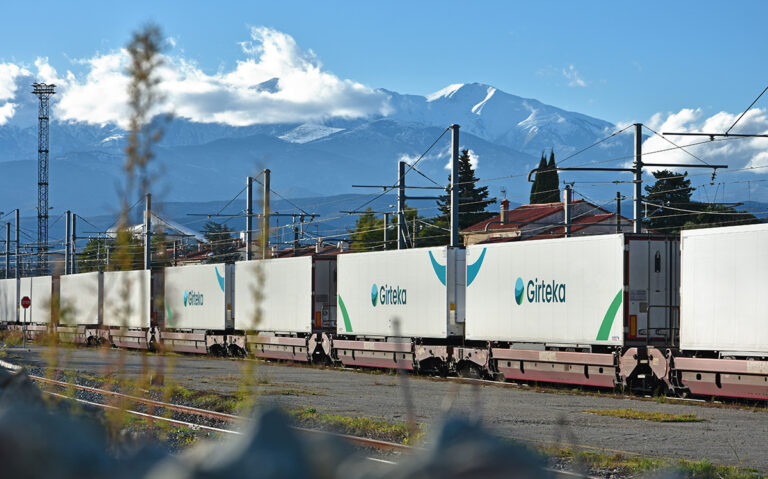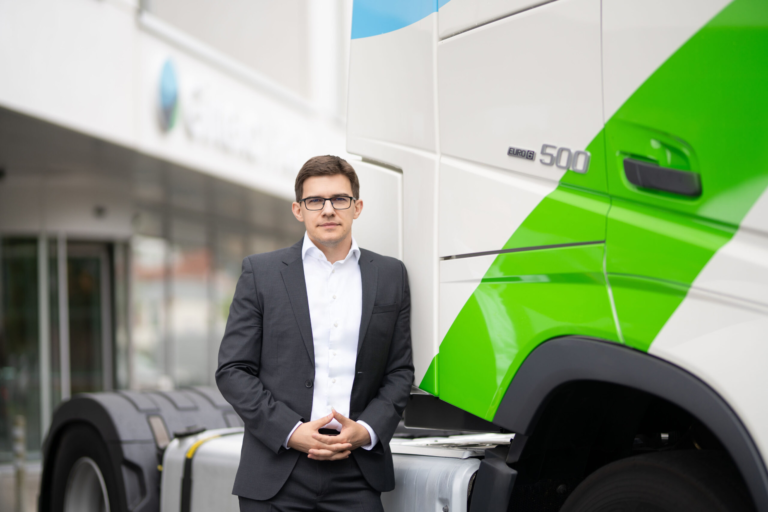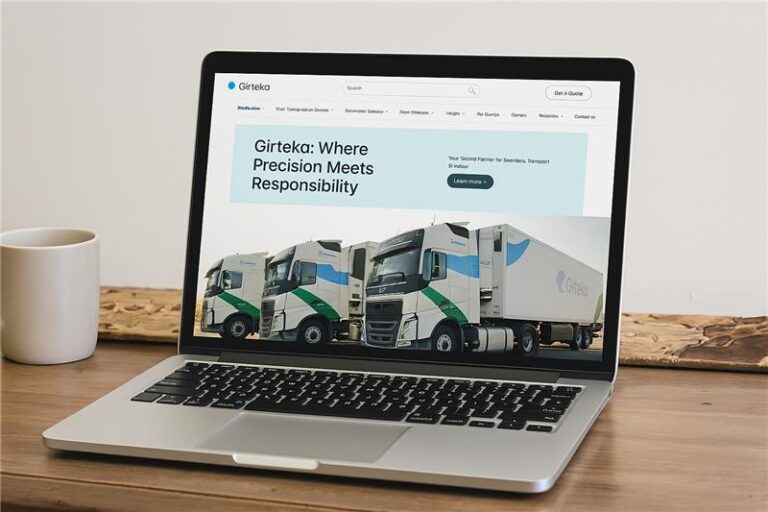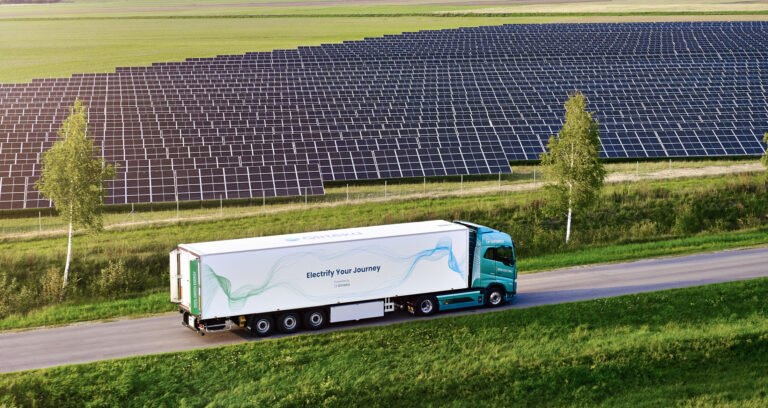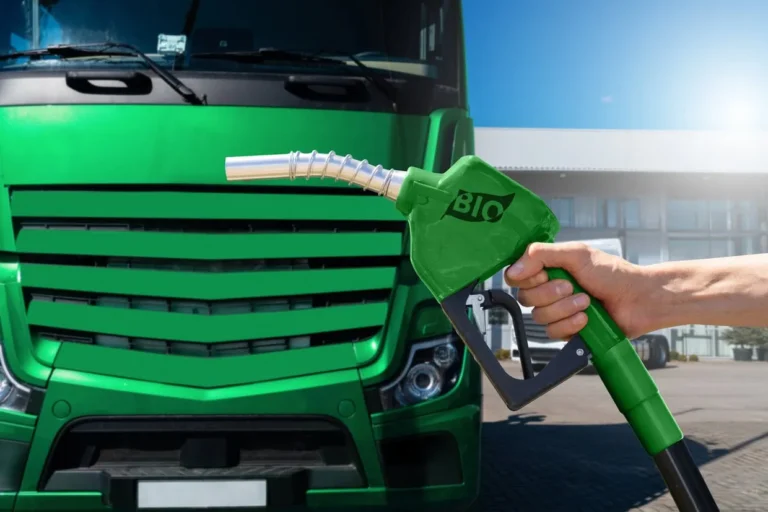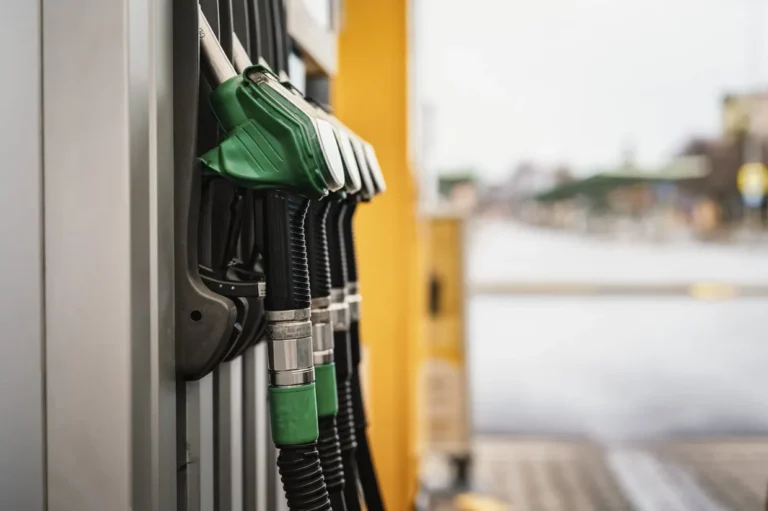Each vehicle has its own “blind zones”, but when driving a car, we have the added benefit of a rear-view mirror so we can turn around and see if there are any other traffic participants. However, this is not the case with heavy vehicle driving, which gives a narrower view, meaning that drivers of heavy vehicles need to be very careful and attentive because of “blind zones”.
What is “blind zone”?
This is an area around the vehicle that is not visible in the rear-view mirrors because of the vehicle’s structural elements.
How do I avoid accidents due to bad or insufficient visibility?
- Adjust the mirrors so that you can see as much of the environment around the vehicle as possible.
- Mirrors must be adjusted so that the sides of the vehicle you are driving are not visible in the mirrors while sitting in the driver’s seat, and that you can only see them when you bend forward.
- Plan your actions on the road, look around in advance to see if there are impending obstacles, and manoeuvre only after making sure you are safe.
- Before turning to the right or the left, start the turn signal 30-40 meters before the manoeuvre, thus informing other traffic participants about your intentions and avoiding accidents.
- Before performing the manoeuvre, look at all the mirrors several times to see if there are any obstacles in your direction of movement. Remember if the speed of another automobile is similar to your speed of movement, another vehicle can “get out of the blind zone” even after a few seconds.
- Please pay attention especially to cyclists as they are not always very easy to see on first inspection of your mirrors.
Driving in reverseParticular attention is required when driving in a large vehicle and reversing. The driver must make sure there are no obstacles in his way. By driving the trailer to the loading/unloading ramps, if you are not fully convinced that there are no obstacles, it is advisable to get out of the truck and make sure that the road is unobstructed. It is not unprofessional; it is a precautionary characteristic of professional drivers.
If there is a possibility to choose from which side to drive the trailer to the loading/unloading ramp, you should always turn the trailer to the left, because then the driver has the best visibility as the driver’s seat is on the left:Speed
The speed of the vehicle strongly determines the distance of braking, so it is necessary to assess the situation and choose a safe speed.
The table shows the braking distance in meters:
It is very important to use the headset when driving and talking on the phone. Otherwise, one hand is busy and this is a major obstacle to driving and distraction and a clear danger to pedestrians and other road users.
DO NOT write SMS messages while driving! Looking away from the road for just a few seconds may cost a lot!!! Writing a message while driving increases accident risk up to 23 times.
